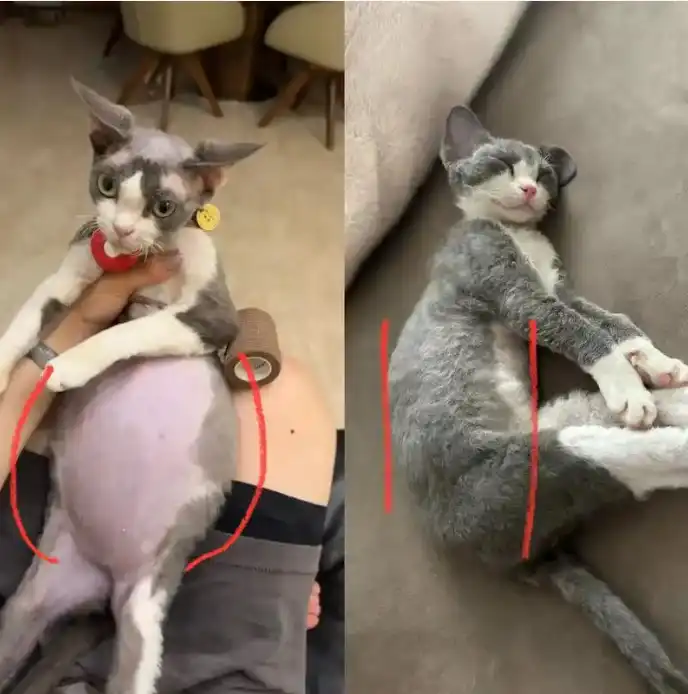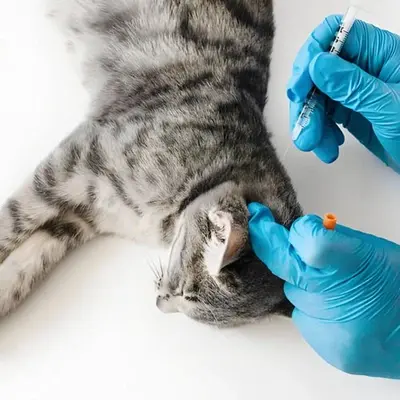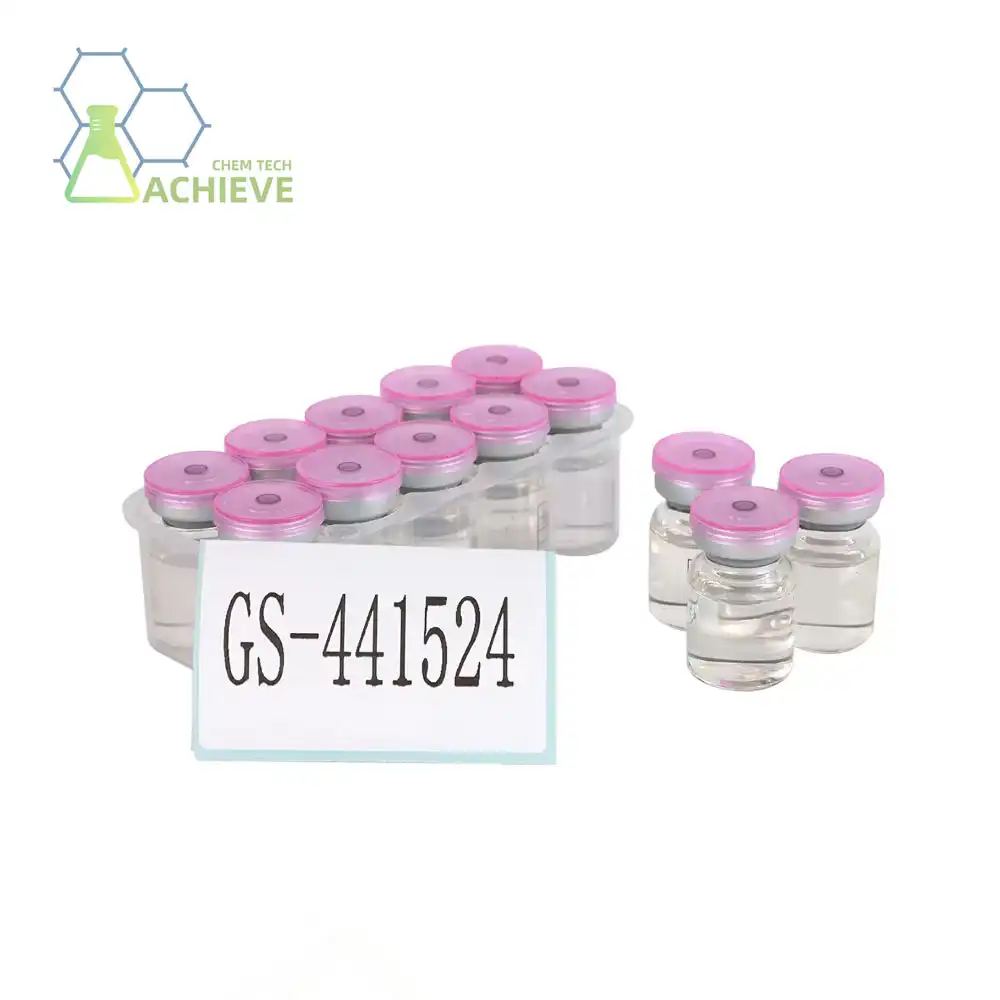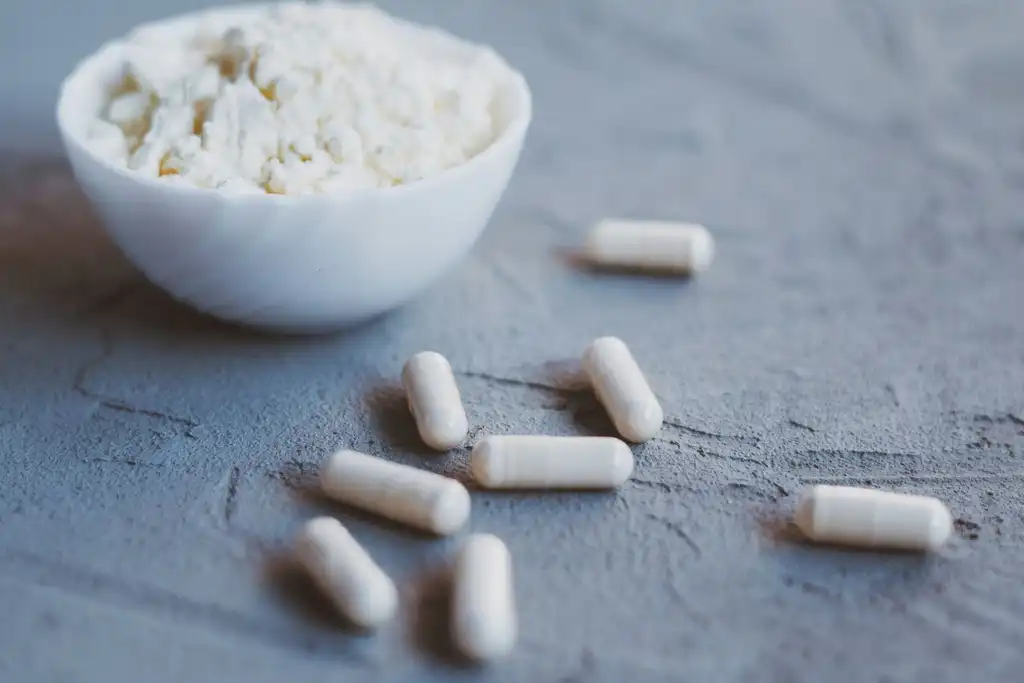What are the symptoms exhibited by cats with FIP?
Feline Infectious Peritonitis (FIP) is a devastating disease that affects cats worldwide. As a cat owner, understanding the symptoms of FIP is crucial for early detection and prompt treatment. In this comprehensive guide, we'll explore the telltale signs of FIP, differentiate between wet and dry forms, and discuss how GS 441524 tablets has become a game-changer in treating this once-fatal condition.
Early symptoms of FIP in cats: What to watch for
Detecting FIP in its early stages can be challenging, as initial symptoms often mimic those of other feline illnesses. However, being vigilant and recognizing these subtle signs can make a significant difference in your cat's prognosis:
- Persistent fever that doesn't respond to antibiotics
- Gradual weight loss and decreased appetite
- Lethargy and reduced activity levels
- Unkempt coat or poor grooming habits
- Mild gastrointestinal issues, such as diarrhea or vomiting
- Enlarged lymph nodes
- Pale or jaundiced gums
As the disease progresses, cats may exhibit more specific symptoms depending on whether they develop the wet or dry form of FIP. It's important to note that these symptoms can vary in severity and may not all be present in every case.
|
|
|
Wet FIP vs. dry FIP: Differences when using GS 441524
FIP manifests in two primary forms: wet (effusive) and dry (non-effusive). Understanding the distinctions between these forms is crucial for proper diagnosis and treatment, especially when considering the use of GS 441524 pills.
Wet FIP symptoms:
- Accumulation of fluid in the abdomen or chest cavity
- Difficulty breathing or rapid, shallow breaths
- Swollen abdomen (often referred to as a "pot-bellied" appearance)
- Rapid weight loss despite the swollen appearance
- Severe lethargy and weakness
- Loss of appetite
- Dehydration
Wet FIP tends to progress more rapidly than the dry form and is often easier to diagnose due to the presence of fluid. When treating wet FIP with GS 441524 for FIP, veterinarians often observe a quicker response to treatment, with fluid accumulation typically resolving within the first few weeks of therapy.
Dry FIP symptoms:
- Ocular changes, such as inflammation or color changes in the iris
- Neurological symptoms (e.g., seizures, ataxia, behavior changes)
- Kidney or liver dysfunction
- Skin lesions or nodules
- Chronic weight loss and failure to thrive
- Intermittent fever
- Anemia
Dry FIP can be more challenging to diagnose due to its varied presentation and similarity to other feline diseases. Treatment with GS 441524 tablets for dry FIP may require a longer duration and higher dosages, particularly for cases involving neurological symptoms.
 |
 |
GS 441524: Cat Guardian
GS 441524 has emerged as a beacon of hope for cats diagnosed with FIP. This antiviral compound has shown remarkable efficacy in treating both wet and dry forms of the disease, offering a lifeline to cats previously considered untreatable. Here's how GS 441524 tablets acts as a guardian for FIP-affected cats:
Mechanism of action:
GS 441524 works by inhibiting viral replication, effectively halting the progression of FIP. It targets the RNA-dependent RNA polymerase of the feline coronavirus, preventing the virus from multiplying and causing further damage to the cat's immune system.
Treatment protocol:
The standard treatment protocol with GS 441524 typically involves daily subcutaneous injections for a minimum of 12 weeks. Dosage may vary depending on the severity of the disease and the individual cat's response to treatment. Some key points to consider:
- Initial dosage usually ranges from 4-10 mg/kg body weight per day
- Cats with neurological involvement may require higher doses
- Regular monitoring of blood work and clinical signs is essential to adjust dosage as needed
- Some cats may require extended treatment periods beyond the initial 12 weeks
Success rates and prognosis:
Studies have shown impressive success rates with GS 441524 treatment, with many cats achieving complete remission. However, it's important to note that early diagnosis and prompt initiation of treatment significantly improve the chances of a positive outcome.
Potential side effects:
While GS 441524 is generally well-tolerated, some cats may experience mild side effects such as:
- Injection site reactions (soreness, swelling)
- Temporary gastrointestinal upset
- Mild and usually transient elevations in kidney values
These side effects are typically manageable and often outweighed by the benefits of treatment.
Monitoring and follow-up care:
Throughout the treatment process, close monitoring is essential. This includes:
- Regular veterinary check-ups
- Periodic blood tests to assess organ function and disease progression
- Tracking of clinical signs and symptoms
- Weight monitoring
Post-treatment, many veterinarians recommend ongoing monitoring for several months to ensure the cat remains in remission.
The future of FIP treatment:
As research continues, there's hope for even more effective treatments and potentially a cure for FIP. Ongoing studies are exploring:
- Oral formulations of GS 441524 to simplify administration
- Combination therapies to enhance efficacy and reduce the risk of drug resistance
- Development of FIP vaccines to prevent infection
The advent of GS 441524 has transformed the landscape of FIP treatment, offering hope to countless cat owners and their feline companions. As we continue to learn more about this groundbreaking treatment, the future looks brighter for cats diagnosed with this once-devastating disease.
|
|
|
Conclusion
Understanding the symptoms of FIP and recognizing the distinctions between wet and dry forms is crucial for early diagnosis and effective treatment. With the emergence of GS 441524 as a powerful weapon against FIP, cat owners and veterinarians now have a reason to be optimistic about the prognosis for affected cats.
If you suspect your cat may be showing signs of FIP, don't hesitate to consult with your veterinarian. Early intervention and proper treatment with GS 441524 can make all the difference in your cat's fight against this challenging disease.
For pharmaceutical companies and research institutions working on advancing treatments for feline diseases, Shaanxi BLOOM TECH Co., Ltd. offers high-quality chemical products essential for drug development and research. With our state-of-the-art GMP-certified production facilities and expertise in various chemical reactions and purification methods, we are committed to supporting the ongoing fight against FIP and other feline health challenges. To learn more about our GS 441524 tablets and how we can support your research or production needs, please contact us at Sales@bloomtechz.com. Together, we can continue to make strides in improving feline health and well-being.
References
- Pedersen, N.C. (2019). "Feline infectious peritonitis: What every shelter needs to know." Journal of Feline Medicine and Surgery, 21(5), 409-418.
- Addie, D.D. (2020). "Feline Infectious Peritonitis: Diagnosis and Treatment in the Age of GS-441524." Veterinary Clinics of North America: Small Animal Practice, 50(5), 1133-1148.
- Murphy, B.G., et al. (2018). "The nucleoside analog GS-441524 strongly inhibits feline infectious peritonitis (FIP) virus in tissue culture and experimental cat infection studies." Veterinary Microbiology, 219, 226-233.
- Dickinson, P.J., et al. (2020). "Antiviral treatment using the adenosine nucleoside analogue GS-441524 in cats with clinically diagnosed neurological feline infectious peritonitis." Journal of Veterinary Internal Medicine, 34(3), 1587-1593.

Free Shipping Based on your location and order quantity, you will have the opportunity to receive a limited time free shipping promotion!

BLOOMTECHZ







